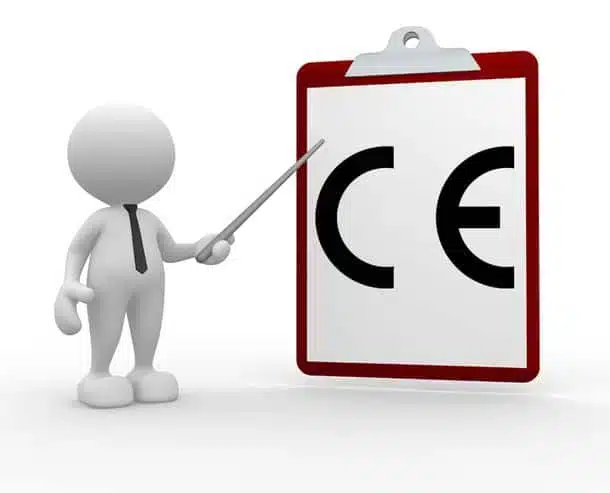Last edit: 01/08/2023

Historically, EU legislation for goods has progressed through four main phases:
- the traditional approach or ‘Old Approach’ with detailed texts containing all the necessary technical and administrative requirements,
- the ‘New Approach’ developed in 1985, which restricted the content of legislation to ‘essential requirements’ leaving the technical details to European harmonised standards. This in turn led to the development of European standardisation policy to support this legislation,
- the development of the conformity assessment instruments made necessary by the implementation of the various Union harmonisation acts, both New Approach and Old Approach,
- the ‘New Legislative Framework’ adopted in July 2008, which built on the New Approach and completed the overall legislative framework with all the necessary elements for effective conformity assessment, accreditation and market surveillance including the control of products from outside the Union.
Safety in Collaborative Robotics
There is no “Collaborative Robot”. That is one of the first statements you hear from people working in Collaborative Robotics. The reason is because...